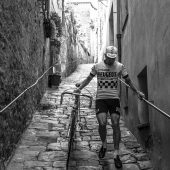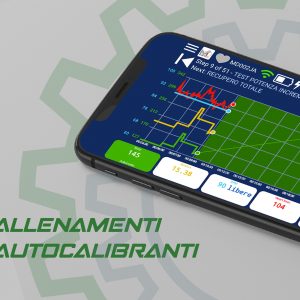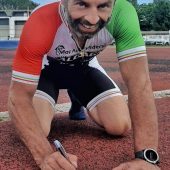How to optimize the performance of an Ironman distance triathlon: the point of view of MD Coach Luca Bianchini
27 January 2021In the first part of this article we saw how indoor triathlon training with MagneticDays can be successfully used in planning the first three months of training for a Ironman athlete. In this second part we involved MD Coach Luca Bianchini to understand and analyze how to optimize the performance of an Ironman distance triathlon.
Organize your time to optimize performance
Time is one of the deciding factors in optimizing triathlon performance, particularly when dealing with an Ironman distance. And if this is true for professional athletes, it is even more true for amateurs, people who play sports for passion trying to carve out a few hours from a day full of personal, family and work commitments. Here are some factors to consider:
- Number of days to the target race | Let’s assume the race is at the end of June, you will have about 12 weeks of training (90 days). This hypothesis is valid for any race you want to play, not necessarily at the end of June. If the race is in October, just move the month of March to that of July. Joe Friel writes in his books that the three months before a goal race are the most important to have an optimal performance. We are only focusing here on the cycling part and on the personalized indoor training with MagneticDays and based on the type of race chosen, we will focus on consolidating the performance;
- Time available for training | The life of a professional athlete is all about training. The life of an amateur athlete also includes work, family and all other aspects of a typical day. The cycling segment is definitely the part that takes the longest to train, but sometimes you don’t have that time. This is why a training strategy with MagneticDays makes the most of the time available. An hour (or a little more) dedicated completely to improving performance without being bothered by traffic lights, holes, wind against or other cyclists. An hour without distractions and completely focused on the goal.
A good physical structure combined with proper planning allows the athlete to better manage workloads
In order to optimize performance in a triathlon race, it is necessary that the athlete is able to manage the daily workloads well, to train to the best of his/her ability but avoiding the risk of injuries. The factors to consider in this case are:
- Load capacity of the athlete | Each athlete, based on his/her history, can sustain different workloads. If you overdo these loads, you will soon find yourself tired. Through the athlete’s feedback the coach is able understand what the load capacity is. The training analysis, performed by the coach, makes it possible to understand if the athlete still has the ability to maintain the loads or if it is necessary to reduce them. This point is closely related to the following;
- Alternation between high-intensity and low-intensity training days | In a well-done training program it is also necessary to include periods of rest. Intrestingly enough, performance is not improved during the training, but druing the recovery period (that is, when the repair processes, stimulated by training take place). By not respecting this simple principle, you will risk chronic fatigue (initially) until you get to a real overtraining (if you persist). Even though low intensity workouts are often percieved as usless in terms of improving the performance, in reality, in sports such as triathlon, these low intensity workouts are necessary to develop the endurance necessary for the duration of the race. No matter if we are talking about the time of a sprint race or the over 9 hours of an Ironman, medium-low intensity workouts are as important as high-intensity ones.
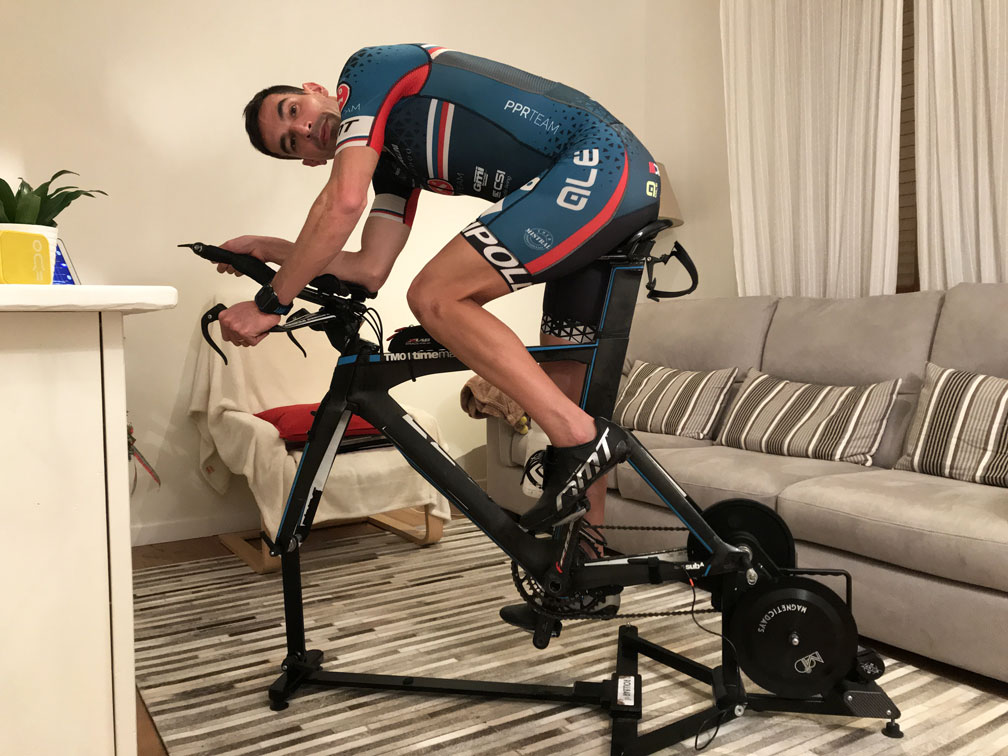
Optimize training and triathlon performance with MagneticDays while having fun
Knowing how to optimize your training also includes the ability to have fun while doing it. Imagine what it might be like to train for an Ironman distance triathlon and do it reluctantly. It would be just a waste of time, also considering the level of physical and mental commitment that must be devoted to it every day. For this reason it is important that the coach and the athlete work together harmoniously, and that the following conditions are respected:
- Planning combined workouts (generally cycling-running) | These workouts are often underestimated because they take time and coordination. Generally, combined cycling-running training is planned because, once the cycling part is over, switching to the running phase seems as easy as putting on a pair of running shoes. But the transition from cycling to running is the most demanding in terms of muscles. Getting off the bike after 40 minutes, or 6 hours for that matter, and then running is an effort that must necessarily be trained. But even going from lying down (swimming) to standing (running to get to the transition area) is something that needs to be trained. Taking your MagneticDays JARVIS smart trainer with you by the pool (if you have the pool’s authorization in advance, that is), not only transforms indoor training into an outdoor one, but also represents an optimal solution for performing combined swimming-cycling. The Jarvis battery guarantees safety on the poolside. And you will be using your own bike, allowing you to have the biomechanical adaptations needed. Also adding the part where you remove your wetsuit and change, allows you to actually train all aspects of the race, and specify even more the T1. Furthermore, using the MD WiFi App on your phone or tablet allows you to perform a specific workout based on the performance model of the target race. Simulating T2 allows you to make training even more stimulating;
- Interpretation of the race performance model | The swimming and running fractions in the various triathlons have few variables, depending on the course. The cycling fraction has many more variables. From the sprint to the Ironman, from a road race to an off-road, the variables are many. Analyzing the performance model allows you to optimize specific workouts. The potential for compiling workouts based on the performance model makes training more and more specific. Many athletes upload the elevation profile of the segments or the entire cycling portion of their races on the web. Taking advantage of this, training on the Jarvis smart trainer becomes much more than a simulation, experiencing the same sensations that will be experienced in the race;
- Optimize the deficient discipline | Those who approach triathlon normally come from one of the three disciplines. For one reason or another, it often happens that one or two of the three disciplines are more deficient than the others. For those coming from swimming, running could be an obstacle. For a runner, swimming is usually the impediment. On the other hand, cycling is the discipline that can most easily be trained (from a metabolic point of view). The technical aspect of the bike is guaranteed by the biomechanical; the driving technique can be learned. The metabolic part can be trained easily. The certainty of being able to perform a personalized workout with MagneticDays, comfortably at home, allows you to improve performance without the dangers of the road.
In the third and last article dedicated to triathlon, we will find out how to optimize the performance in Ironman distance triathlon training. If you missed the first part, don’t worry! Here’s how MD technology can be used successfully in planning an Ironman athlete’s first three months of the season.
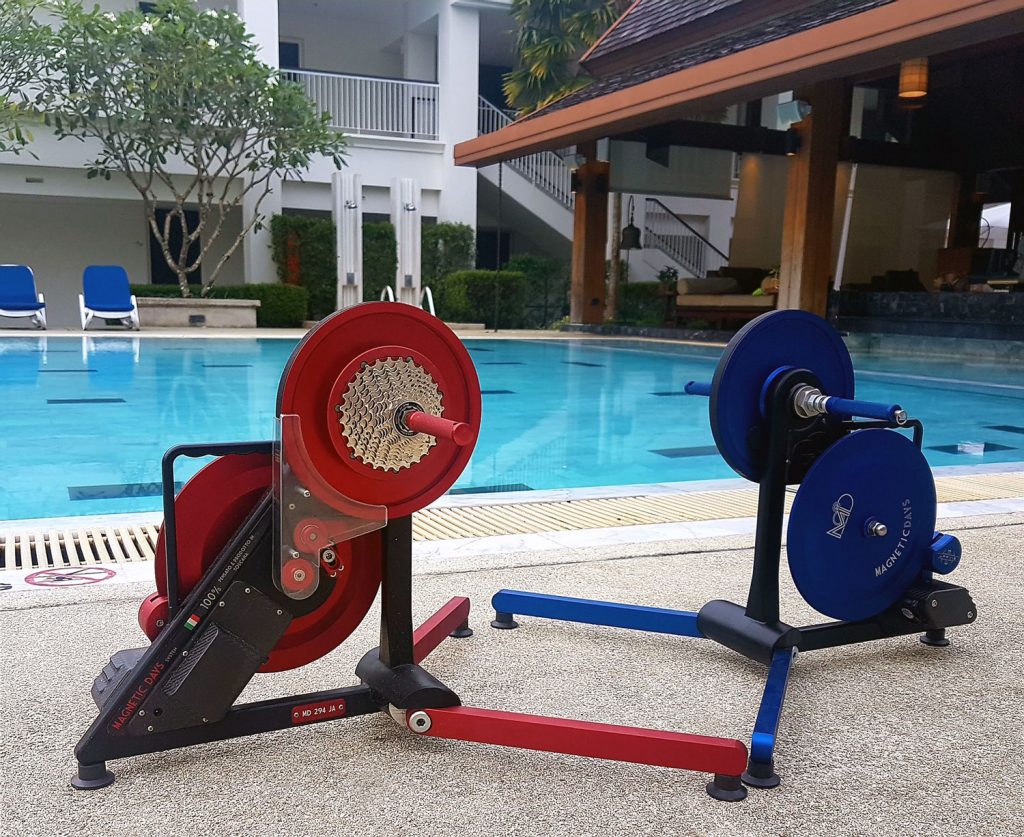 b
b











